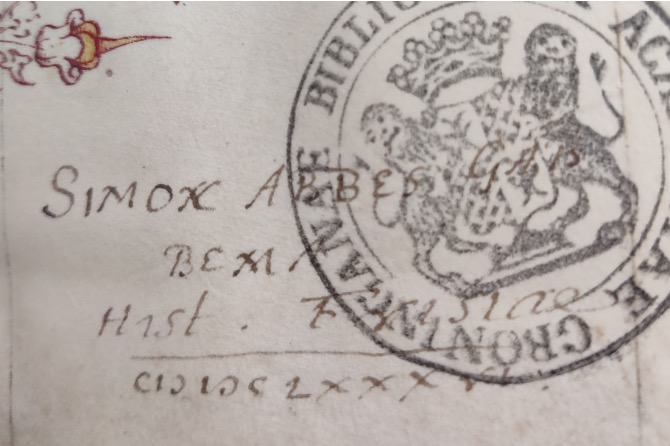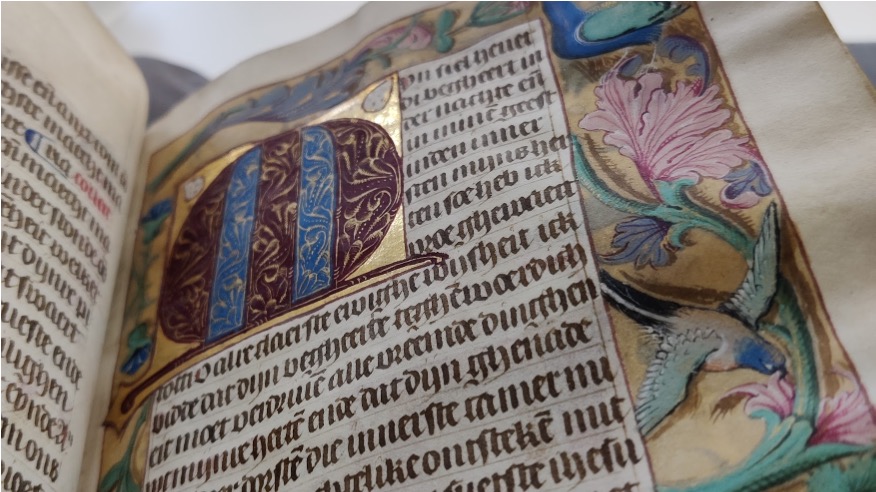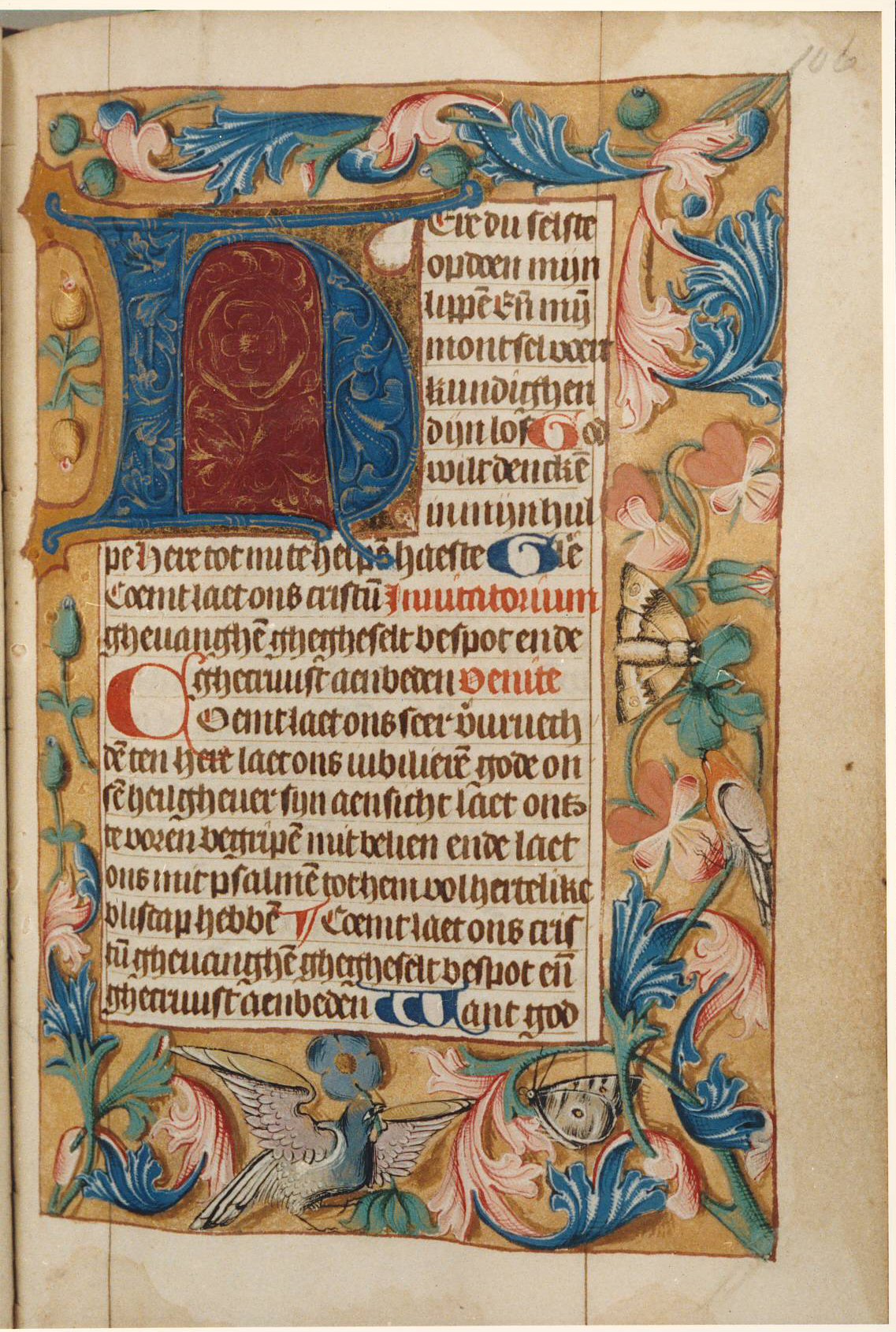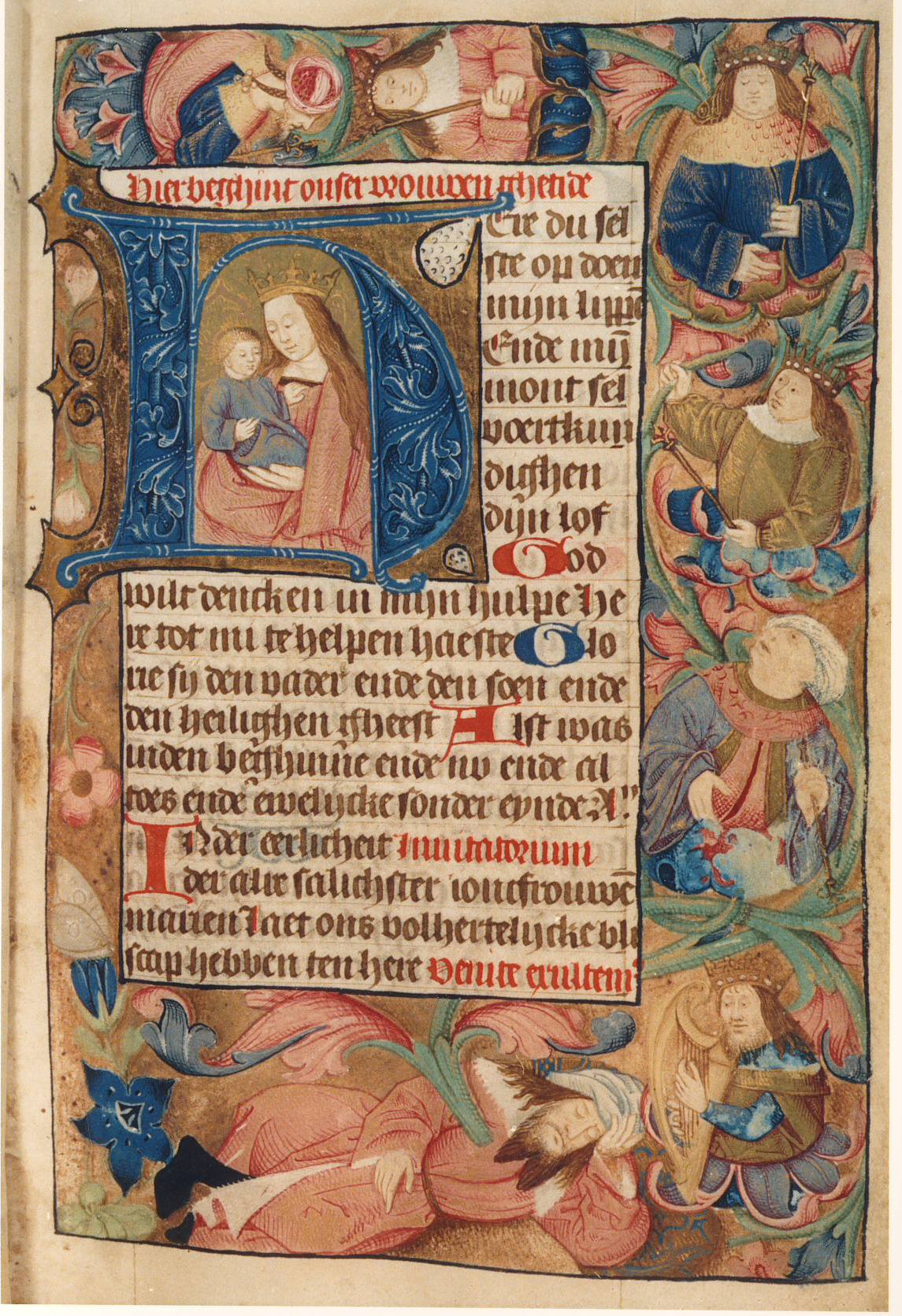On this location, Abbe Freerks Gabbema established a gasthuis (hospice) in 1634. Today, there is still a Gabbema Hospice on this location, although this is not the original building. Abbe had a son, Simon Abbes Gabbema (1628-1688), who was born in Leeuwarden and studied arts and law in Utrecht, Groningen, and Leiden. In 1659, the States of Friesland appointed him official historiographer of Friesland. In this capacity, Gabbema was interested in the language, the literature, and the history of Friesland. He collected many historical manuscripts, such as a copy of the chronicle of the Bloemhof monastery in Wittewierum. In addition, Gabbema copied manuscripts that he did not own himself, and he wrote and published his own work. A large part of his own work was not published until after his death, such as his Verhaal van de Stad Leeuwarden (Story of the City of Leeuwarden). After Simon’s death in 1688, his sister, Walkje Gabbema, inherited his collection of historical and literary books. Walkje bequeathed her brother’s books to the Gabbema Gasthuis. A large part of the collection is now owned by the Koninklijk Fries Genootschap (Royal Frisian Society), which focuses on research into and interest in the history and culture of Friesland.

One of the books from Simon Gabbema’s collection is now in the University of Groningen Library. It is a book of tidesthat was written in the 15th century. On one of the first pages, Gabbema wrote his own name and position, and the year. The book is written in Dutch, but Gabbema’s note is in Latin, which was the lingua franca among scholars in those days: ‘Simon Abbes Gabbema. Hist(oricus) Frisiae MDCLXXXVI.’ In the front of the book, Gabbema also included a long list of the various prayers that are included in this book of tides.




The University of Groningen Library bought the book in 1802 at an auction. It is a true work of art, as it contains many decorated capitals, rubricatedsentences, and elegant decorative frames, and several pages are decorated with beautiful illustrations of birds and flowers. Thanks to the lively, contrasting colours and the gleaming gold paint, the illustrations immediately stand out.
Author: Madelief Albers







